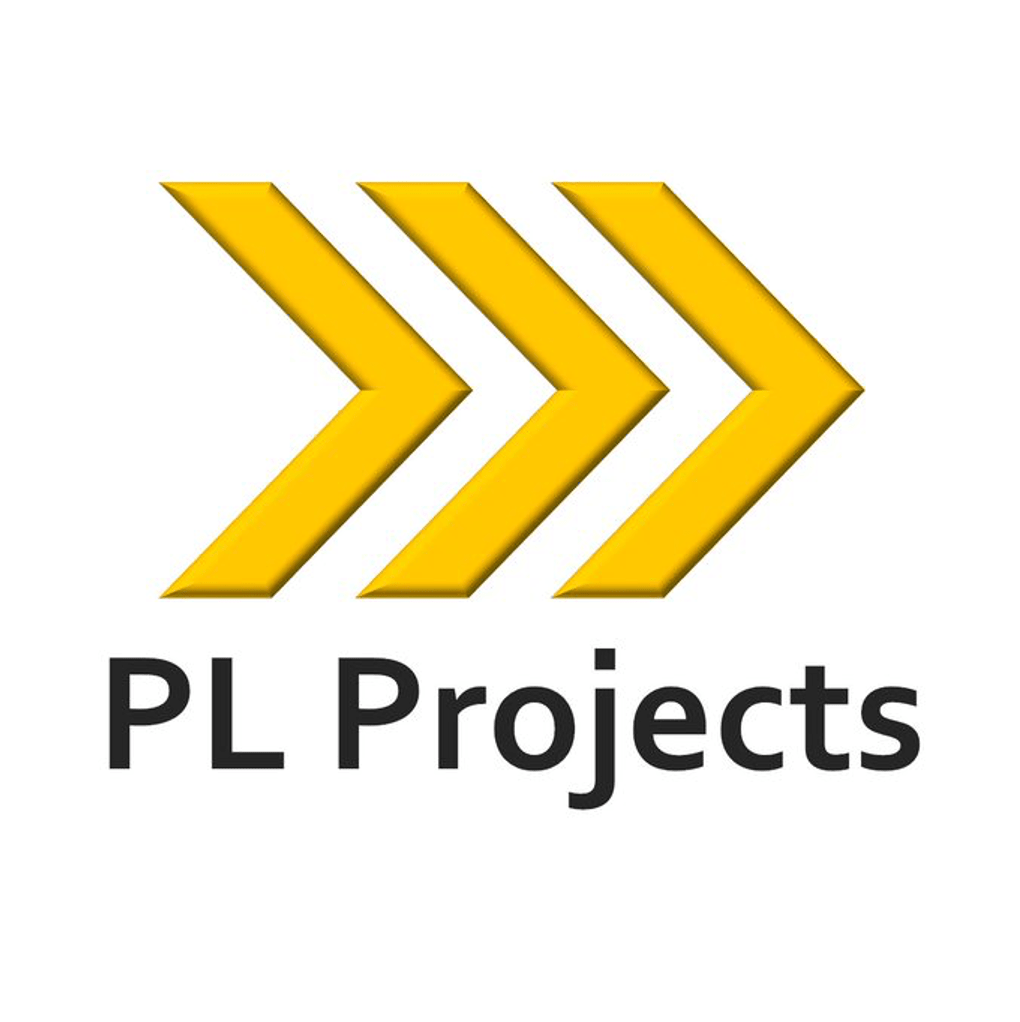WHAT IS PROJECT SCHEDULING?
The Association for Project Management (APM) defines project scheduling as “the process of developing, maintaining and communicating schedules for time and resource”.
In other words, a project schedule contains:
- Details of the tasks required to complete a project.
- The order in which these tasks must be done.
- The resources thought necessary to complete them.
In the vast majority of project management tools such as Microsoft Project, Primavera or similar versions, this schedule will be shown as a Gantt Chart in which the various tasks are listed on the left and the time taken to complete them will be shown on the right-hand side in the form of the chart.
A crucial part of successful project scheduling relates to understanding and successfully setting up the relevant pre-requisites for a project. These are the tasks which must be completed in order for a different task to be able to start. A very simple example might be that the roof of a house cannot be put on before the foundations, walls and other relevant structures have been completed. There is therefore no point in trying to schedule the roofers to work at the start of the project because this task will not be able to start at this point.
This is a brief overview of project scheduling. To learn more about the importance of project scheduling in project management, please read our other blog Why is Project Scheduling Important?
More useful articles:
